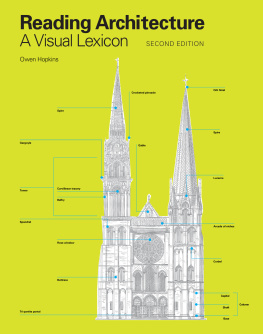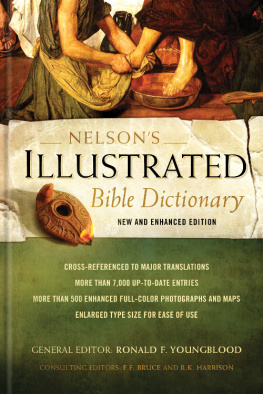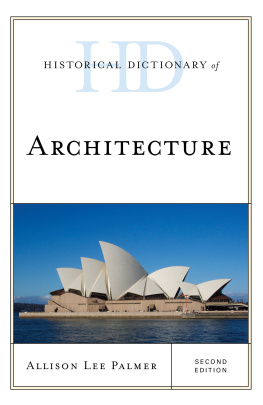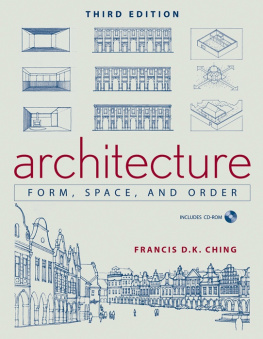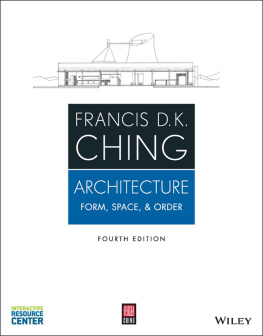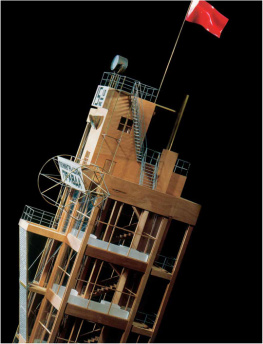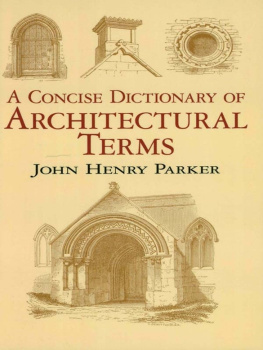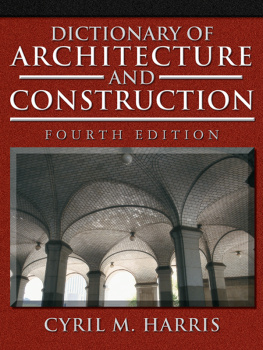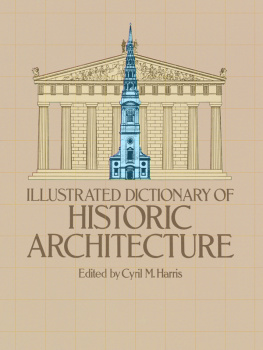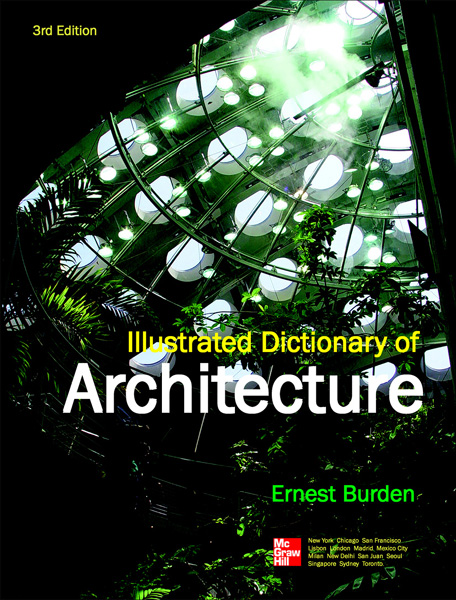

Copyright 2012, 2002, 1998 by The McGraw-Hill Companies, Inc. All rights reserved. Except as permitted under the United States Copyright Act of 1976, no part of this publication may be reproduced or distributed in any form or by any means, or stored in a database or retrieval system, without the prior written permission of the publisher.
ISBN: 978-0-07-177294-5
MHID: 0-07-177294-4
The material in this eBook also appears in the print version of this title: ISBN: 978-0-07-177293-8, MHID: 0-07-177293-6.
All trademarks are trademarks of their respective owners. Rather than put a trademark symbol after every occurrence of a trademarked name, we use names in an editorial fashion only, and to the benefit of the trademark owner, with no intention of infringement of the trademark. Where such designations appear in this book, they have been printed with initial caps.
McGraw-Hill eBooks are available at special quantity discounts to use as premiums and sales promotions, or for use in corporate training programs. To contact a representative please e-mail us at bulksales@mcgraw-hill.com.
Information contained in this work has been obtained by The McGraw-Hill Companies, Inc. (McGraw-Hill) from sources believed to be reliable. However, neither McGraw- Hill nor its authors guarantee the accuracy or completeness of any information published herein, and neither McGraw-Hill nor its authors shall be responsible for any errors, omissions, or damages arising out of use of this information. This work is published with the understanding that McGraw-Hill and its authors are supplying information but are not attempting to render engineering or other professional services. If such services are required, the assistance of an appropriate professional should be sought.
TERMS OF USE
This is a copyrighted work and The McGraw-Hill Companies, Inc. (McGraw-Hill) and its licensors reserve all rights in and to the work. Use of this work is subject to these terms. Except as permitted under the Copyright Act of 1976 and the right to store and retrieve one copy of the work, you may not decompile, disassemble, reverse engineer, reproduce, modify, create derivative works based upon, transmit, distribute, disseminate, sell, publish or sublicense the work or any part of it without McGraw-Hills prior consent. You may use the work for your own noncommercial and personal use; any other use of the work is strictly prohibited. Your right to use the work may be terminated if you fail to comply with these terms.
THE WORK IS PROVIDED AS IS. McGRAW-HILL AND ITS LICENSORS MAKE NO GUARANTEES OR WARRANTIES AS TO THE ACCURACY, ADEQUACY OR COMPLETENESS OF OR RESULTS TO BE OBTAINED FROM USING THE WORK, INCLUDING ANY INFORMATION THAT CAN BE ACCESSED THROUGH THE WORK VIA HYPERLINK OR OTHERWISE, AND EXPRESSLY DISCLAIM ANY WARRANTY, EXPRESS OR IMPLIED, INCLUDING BUT NOT LIMITED TO IMPLIED WARRANTIES OF MERCHANTABILITY OR FITNESS FOR A PARTICULAR PURPOSE. McGraw-Hill and its licensors do not warrant or guarantee that the functions contained in the work will meet your requirements or that its operation will be uninterrupted or error free. Neither McGraw-Hill nor its licensors shall be liable to you or anyone else for any inaccuracy, error or omission, regardless of cause, in the work or for any damages resulting therefrom. McGraw-Hill has no responsibility for the content of any information accessed through the work. Under no circumstances shall McGraw-Hill and/or its licensors be liable for any indirect, incidental, special, punitive, consequential or similar damages that result from the use of or inability to use the work, even if any of them has been advised of the possibility of such damages. This limitation of liability shall apply to any claim or cause whatsoever whether such claim or cause arises in contract, tort or otherwise.
Preface
Architecture throughout the ages has provided shelter from the elements, refuge and safety from intruders, palaces for royalty, shops for merchants, and shrines for religions. Throughout history all of these structures have been constructed with different materials, components, forms, and architectural styles. These items were all part of an integrated system of building, which represented the current customs of each culture.
The Egyptians had a relatively integrated system of building using simple parts. This produced a monolithic style, which featured extensively carved ornamentation on the otherwise simple, massive forms. The Greeks developed an architecture derived from wooden prototypes, which consisted of a kit of parts. It is this system which became the standard adopted by western civilizations, and modified by many succeeding generations into infinite variations of these basic forms. Other civilizations, such as those in China, Japan, Thailand, and India, developed similar stylistic features indigenous to their own cultures and religions. This dictionary describes these styles, and illustrates many of them with photographs of their typical structures.
The number of individual building components has not increased significantly over the past centuries of building. In fact, the number of building components has decreased as building designs became simplified. On the other hand, buildings have become more complex on the technical and functional aspects of the interior and mechanical systems. Many of these new technical terms have been included here, including the new language of green, sustainable, and ecological architecture.
Architecture is a tangible product, and the numerous photographs contained in this edition add a dimension that is not possible using word definitions alone. However, there are many intangible aspects involved in contemporary practice as well, and these have also been listed. They include not only aspects of the design and building process, but many new terms relating to building renovation and restoration that are so prevalent in todays practice.
The typical function of a dictionary is to isolate and define individual elements, and to provide specialized information. This dictionary carries it to another level, by illustrating many of the definitions with photographs of these elements in their position within the structures. In addition, this dictionary illustrates several variations of the same element, including both historical and contemporary examples.
The photographs in this book were selected from the authors library of building sites from around the world. Some examples are well known, while other images provided the clearest illustration of the definition. No attempt was made to identify any of the illustrated components by building type, location, date, or architect, except for the listings of the architects themselves and some of their most well-known buildings.
Another distinctive feature of this dictionary is the use of color photographs to illustrate the definitions. The first two editions of this work were in black and white. The addition of full-color illustrations not only makes this a departure from most other works of this kind, but may become the universal lexicon of the future.
Acknowledgments
A special thanks to my editor, Joy Evangeline Bramble, who suggested a new and updated look for this edition, and the inclusion of green, sustainable, and ecological terminology. Steve Chapman, publisher, McGraw-Hill Professional, encouraged the revision with the addition of color images. Pamela Pelton expertly handled the production of this edition, as she has done with previous editions, and coordinated the effort with the printer in China. Stephen Smith managed the editing and proofing of the text and was helpful in coordinating a complex, staged production process. A very special thanks to my wife, Joy Arnold Burden, for her untiring assembling of the files for the editing, enhancement of the color images, graphic design, and layout of the entire book. She provided a high level of quality control throughout the final production. All the photographs in this work are from the extensive image library of the author, plus the numerous photographs taken by my wife, Joy, on our many photographic excursions around the world. Thanks also to my son Ernest III for his photographs of Santiago Calatravas Ciutat de la Arts in Valencia, Spain.
Next page

